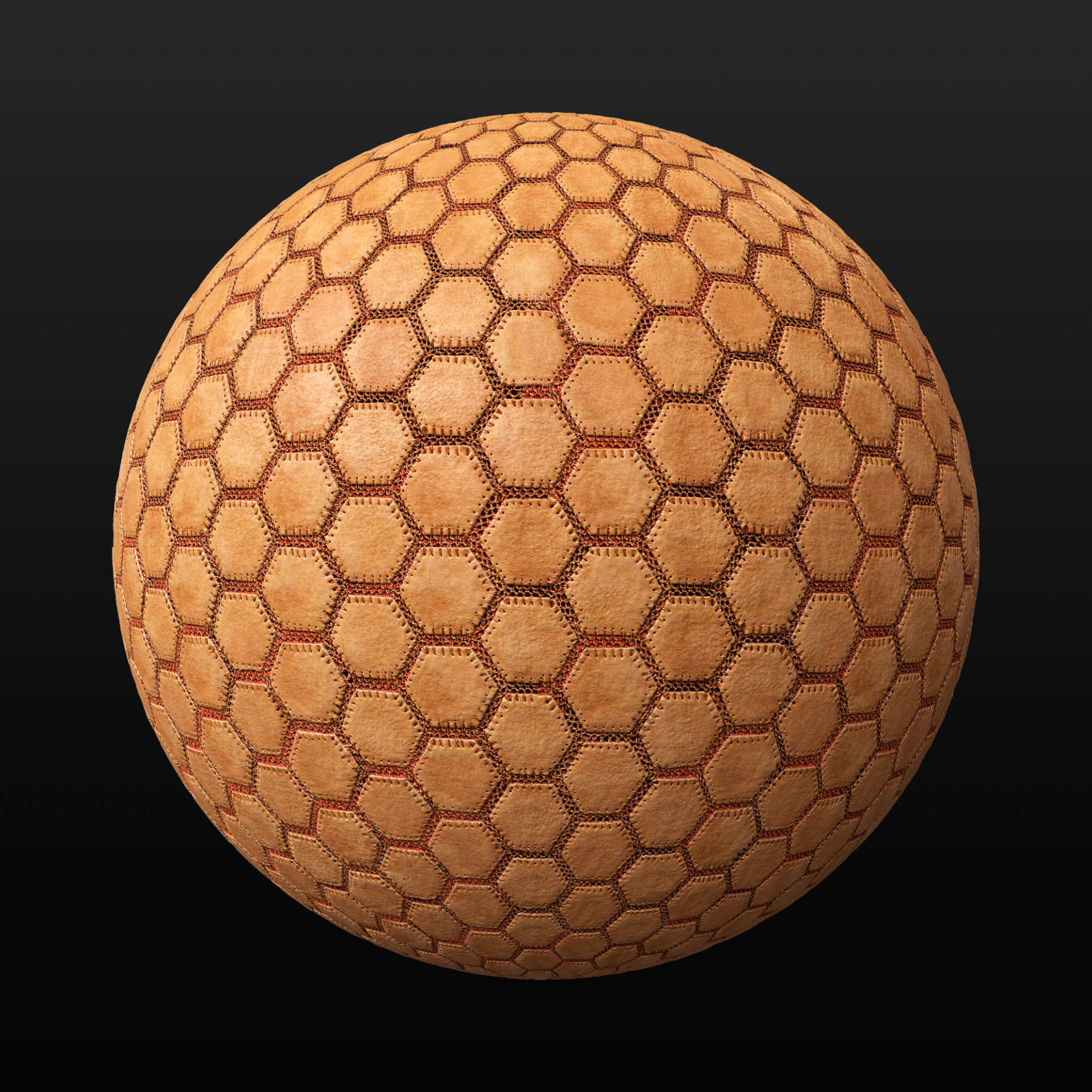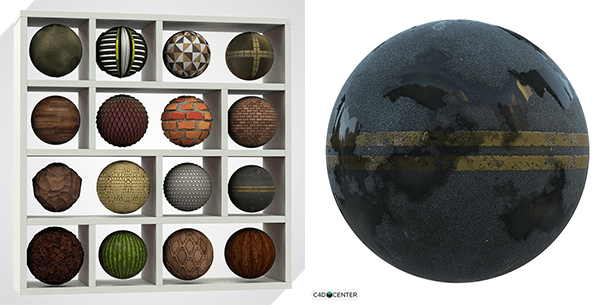


Mograph uses falloffs as a way to adjust an effect based on simple shapes, and uses fields to layer these shapes, link them to effects and so on. One of the best-known parts of Cinema 4D is the MoGraph procedural animation toolset. Any connection you make to it will also be visible in the Node Editor, where you can open and display the composition of the complete material. Maxon has also created a generic 'ultimate asset' called the Uber Material, which can be added and edited in the Material Editor or Attribute Manager. When nodes are combined to create custom shaders, you only need to expose the parameters that will need modification, and the Node Window gives an overview of every element to prevent having to search through numerous channels and shaders to view all contributors to a material. By referencing a colour, texture or other element in several channels within a material, for example, any updates only need to be made once. Assets include complete versioning to help manage updates.
#Materials cinema 4d zip
zip files, storing them in the scene or in preferences. Teams may also combine nodes into groups and groups into assets to use individually or to share as. They can then selectively mute connections to understand how each node contributes to the material. To make the combinations easier, artists can drag wires to connect inputs and outputs, add converters to existing connections and preview at any stage. Their advantage is most apparent when users combine them, revealing a huge number of variations. Yhey are searchable by name and keyword, and can be easily added via a commander interface. Each node performs specific functions, such as colour correction and camera distance, or can generate noises, gradients, patterns, flakes or scratches. Maxon has developed more than 150 nodes for use in building textures. If preferred, users may revert to Cinema 4D's standard Material Editor, which will automatically create the corresponding node material in the background. Among the options are simple materials that link a texture in multiple channels, making adjustments easier, as well as complex shaders that can be used in the Advanced and Physical Render engines in Cinema 4D. Node-based Materials in Cinema 4D Release 20 introduce a different type of materials creation compared to earlier approaches. Therefore, R20 comes with substantial API enhancements, the new node framework, further development on the new modelling framework, and a new UI framework. MAXON will demonstrate Cinema 4D R20 live at the SIGGRAPH 2018 convention coming up in Vancouver and online at, on 14-16 August.Īs well as the new functionality described here, Cinema 4D is making a transition to a more modern core. MAXON's Cinema 4D Release 20 (R20) now includes node-based materials, volume modelling and CAD import for VFX and motion graphics design and creation and has a new version of the MoGraph set of tools. Cinema 4D R20 Builds on Node-Based Materials and Volume Modelling


 0 kommentar(er)
0 kommentar(er)
